With an ever increasing amount of people starting their own business or side-hustle, picking the right name and nailing your brand is more important than ever. Throughout this blog we’ll look at ways you can help ensure your name and brand bring in those customers, and sell your products or services in the right way.
The rules
Sole Trader
Make sure you know what type of business you are before you decide on a name. As a sole trader you can pick whether you trade under your own name or you go for an alternative name for your business.
When choosing a name as a sole trader you must not include ‘limited’, ‘ltd’, ‘limited liability partnership’, ‘LLP’, ‘Public limited company’ or ‘plc’. You might also want to check out this other list of phrases you need permission to use in your name, such as ‘Accredited’.
Make sure the name isn’t offensive and isn’t the same as any existing trademarks. As a sole trader, you’re not required to register your business name, however, you must include your name and business name on things such as invoices. If you don’t want anyone else to use the same name, you should register it as a trade mark.
Limited Company
When you’re setting up as a limited company, you need to choose a name that isn’t the same as another registered company. If your name is the same or too similar to another company’s name or trademark, you may have to change it if someone makes a complaint or files a lawsuit against your company. The name of your business must also end with ‘Limited’ or ‘Ltd’ to highlight you are a limited company.
To find out more information about naming your company and making sure you haven’t got the same or a similar name as another registered company, read the gov.uk website.
The creative part
Start simple, the most memorable names are often only a word or two long. Try to avoid names that would compete for the top spot on Google, like landmarks or cities. For example, consider the size of Amazon.co.uk and the fact that it has only recently overtaken the rainforest for top search result and they were founded in 1994.
Suggestions on how to come up with a creative name:
Get creative with your own name by combining it with another name or merging them together
Use Thesaurus.com to find words similar to your product/service to spark ideas
Random Word Generator can help if you’re looking for an adjective to combine with another word
Host a brainstorming session with friends and family to bounce ideas off each other
There are naming businesses you can employ to come up with a name for you but they can be expensive
Check it out
Now you have an idea of what your name will be, you need to make sure it will hold up against what’s already out there. To do this start by searching it online and see what appears, is there someone with a similar name that you might end up competing against? Are other things popping up that you don’t want people to associate with your brand?
On top of searching online, check social media as well, especially if you plan on launching a business Instagram account or Facebook page. See if there’s anyone doing a similar thing with the name you want to use.
When registering your name either on gov.uk or as a trademark - depending on your business set-up - this should tell you whether or not there’s someone who already has the name or something similar, which you would want to avoid.
A good rule of thumb is to make sure whatever name you’ve come up with doesn’t translate into anything inappropriate in other languages, even if you aren’t planning to operate beyond the UK you don’t want your name to infer different meanings than intended.
It can be hard to find the name that’s right with a good level of individuality but stick with it and keep brainstorming new ideas until you get the one that fits. That lightbulb moment will come.
Building a brand
Once you’ve got a name you will want to think about what the rest of your branding will look like. This will vary widely depending on what your business is. A coffee shop owner will need to consider the interior decor, the signage on the front and how to promote it in the local area.
Whereas, an animator will need to focus more on promoting their services through digital channels and showcasing the brand of their portfolio effectively.
Let’s have a look at a few ways you can consider building your brand, building a website, designing a logo and how to manage your social media.
Making a website
A website can be a great way of showing customers what you’re all about, from the colour scheme you use to the information you store on it.
There’s a few choices when it comes to building a website, you can:
Do it yourself. This requires a specialist skill set to do so but it is the cheapest way and probably most customisable way to build your website
Use a website builder. Websites such as Wix, WordPress or Squarespace have a really intuitive interface and can be customised to an intricate level but services vary between platforms so do your due diligence before deciding which one is right for you
Employ a web designer. You can hire a web designer to build it for you which gives a lot of flexibility and more ownership over your website but comes with a price tag
Social media
Maybe a website isn’t for you. More and more people are finding success through social media alone and you can now sell through Instagram or Facebook without having to build or maintain a website. However, it is worth mentioning that depending on your target consumer, they may expect things such as a website.
It’s worth doing some research with social media and seeing what you like in terms of design and frequency of posting. These platforms will usually come with an analytics section which will allow you to trial and error what works on your own pages as well.
Deciding on social media and whether it's right for you will depend on your customer base, for example if you’re targeting a mature audience you will probably find there isn’t as much interaction on TikTok as there might be on LinkedIn.
Logo
LogoDesign
Similarly to creating a website you should think about whether you need a logo. As a sole trader your face can be used as the front of the business as such sometimes a logo isn’t even necessary.
Your business area will help inform your decision, for example as a tradesperson the likelihood is you won’t benefit as much from a website, logo or social media presence as you would from word of mouth business.
However, if you have a social media presence or a website then it helps to have a logo.
As a few ideas you could design it from the initials of your name, a symbol that resonates with your brand or a customised abstract design that you like the look of. If the idea of designing your own logo strikes fear into your heart then there are plenty of businesses out there who work specifically on designing logos.
You can find them through a simple online search or you can go to websites like Fiverr which acts as a marketplace for freelancers. You can set filters to search for a budget that’s appropriate for you.
Next step
You’ve picked your name and have an idea of what your brand will look like, now you can start thinking about how to set up the structure of your business.
It’s important to classify this and to do it correctly so when it comes to tax time you have an understanding of what you need to do.





